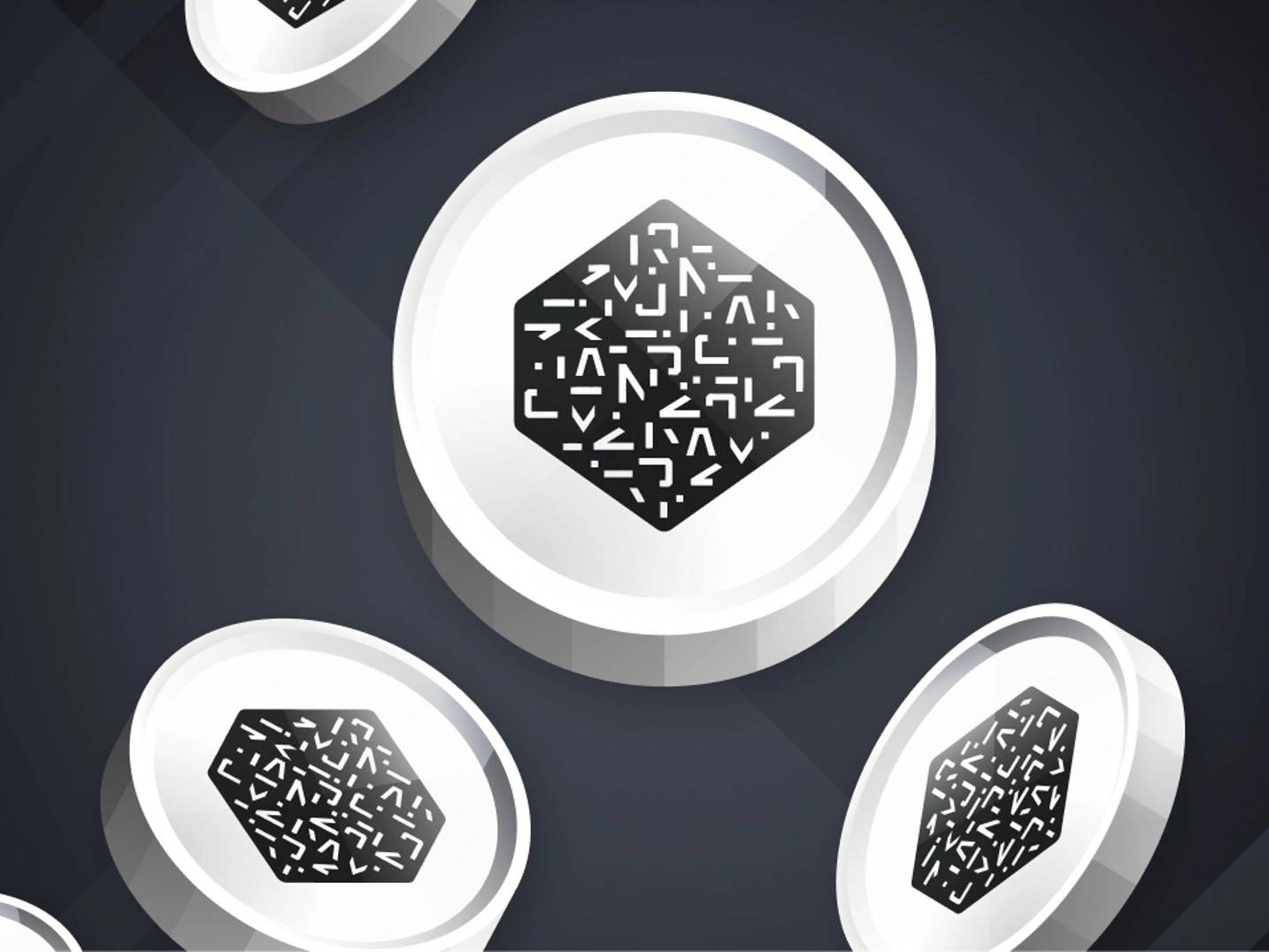위키 구독하기
Share wiki
Bookmark
NMR
NMR
**Numeraire 토큰(NMR)**은 ERC-20 기반 토큰으로, 전 세계 주식 시장에 투자하기 위해 인공지능을 활용하는 크라우드소싱 헤지펀드인 Numerai를 지원합니다. [1][2][3]
개요
NMR은 Numeraire 네트워크에서 서비스 비용을 지불하고 모든 Numerai 애플리케이션을 구동하는 데 사용되는 암호화폐 토큰입니다. 사용자는 다양한 예측 모델에 NMR 토큰을 스테이킹하고 성과에 따라 보상을 받습니다. 이는 토큰에 대한 ERC-20 표준을 준수하는 Ethereum 기반으로 구축되었습니다. [3][6]
2017년, NMR 토큰은 Initial Coin Offering(ICO) 없이 Ethereum 메인넷에서 출시되었으며, Numerai는 과거 Numerai 토너먼트 기여도에 따라 12,000명의 데이터 과학자에게 100만 개의 NMR 토큰을 발행했습니다. [1][3]
NMR은 금융 예측, 시장 전략 및 커뮤니티 참여에서 AI 모델 개발을 위한 인센티브 도구로 사용되어 숙련된 데이터 과학자 네트워크를 구축합니다. [7]
Numerai
Numerai는 샌프란시스코에 기반을 둔 AI 기반 크라우드소싱 헤지펀드입니다. 2015년 10월 남아프리카 공화국의 기술자 Richard Craib에 의해 설립되었습니다. Numerai의 거래는 수천 명의 익명 데이터 과학자 네트워크에 의해 지원되는 AI에 의해 결정됩니다. [3]
Numerai는 사람들, 특히 데이터 과학자들이 주식과 같은 금융 관련 요소의 변화를 예측하는 모델을 만들어 서로 경쟁하는 추측 게임을 조직합니다. 가장 정확한 예측을 한 사람이 상금을 받습니다. 예측에 자신이 있다면 Numeraire 토큰(NMR)을 걸어 더 많은 상금을 획득할 수 있습니다. [4]
Numerai는 2016년 Forbes Fintech 50 어워드를 수상했습니다. 2017년 3월 Numerai는 전 세계 사람들이 머신 러닝 모델에서 예측을 생성하고 제출하여 헤지펀드를 지원할 수 있도록 새로운 'API'를 설계하고 출시했습니다. [3][5]
토큰 경제 및 분배
NMR의 최대 공급량은 초기 2100만 개에서 줄어든 1100만 개의 토큰입니다. Numerai는 활성 플랫폼 사용자에게 100만 개의 토큰을 배포했으며, 300만 개의 토큰은 2028년까지 잠겨 있으며 토너먼트 참가자에 대한 보상 인센티브로 출시될 예정입니다. [7]
NMR 토큰은 매주 소각됩니다. 토너먼트 참가자 중 손실 모델과 예측을 한 참가자는 경쟁에서 지분을 잃게 됩니다. [1][2]
잘못된 내용이 있나요?
